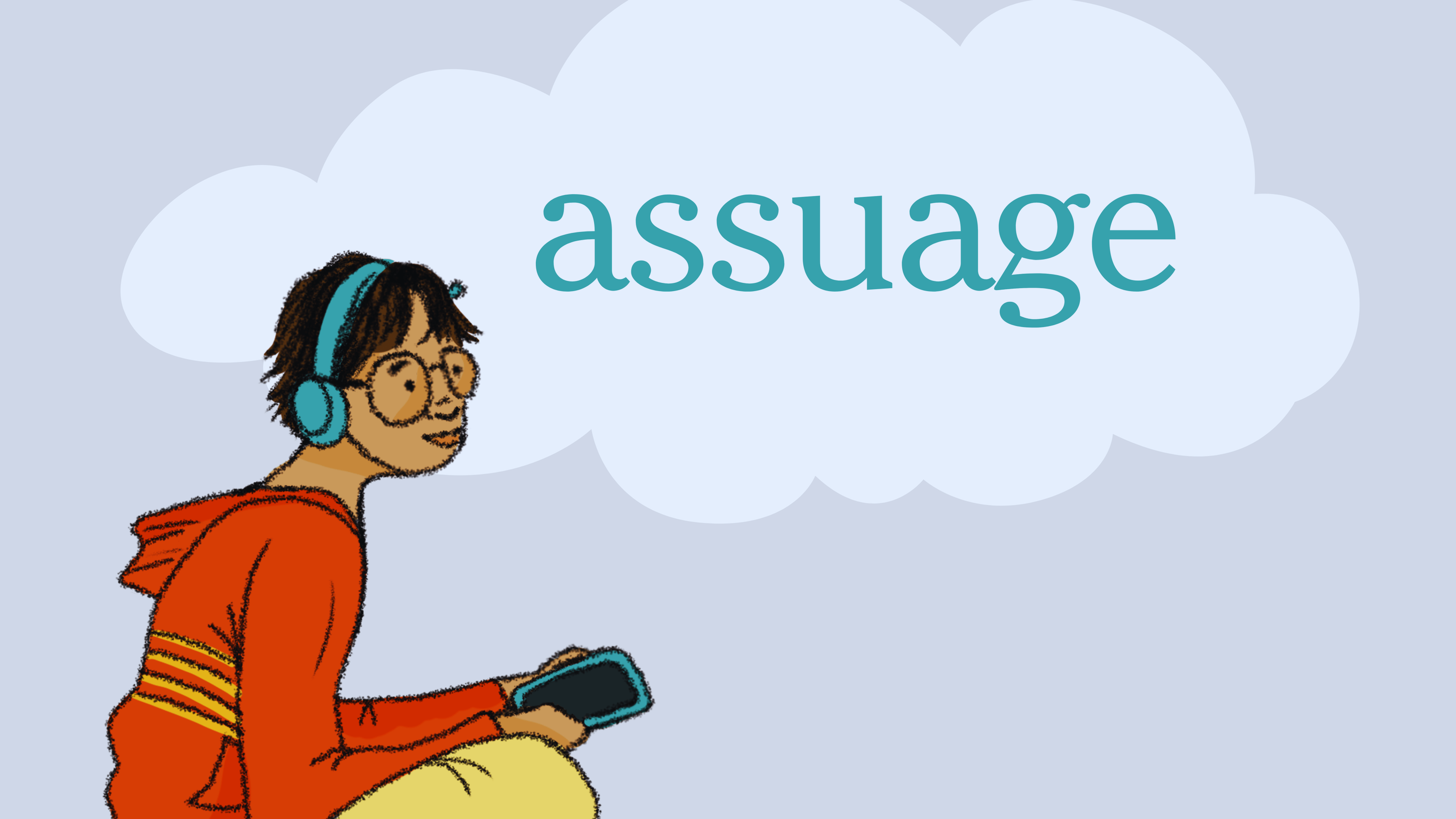In a world where effective communication is key, mastering the pronunciation of words can significantly boost your confidence and credibility. One such word that often raises questions is “assuage.” If you’ve ever wondered how to pronounce it correctly, you’re in the right place. In this detailed guide, we’ll delve into the intricacies of pronouncing “assuage” and equip you with the knowledge to articulate it with ease.
Introduction
Pronunciation can be a stumbling block for many, especially when dealing with uncommon words like “assuage.” Mispronunciations can lead to misunderstandings and potentially impact your confidence in both casual and professional settings. Fear not, as we are here to demystify the pronunciation of “assuage” and provide you with valuable insights.
How to Pronounce Assuage: A Step-by-Step Guide

Understanding the Basics
To correctly pronounce “assuage,” you must break it down into syllables. The word has two syllables: “uh” and “swayj.” Let’s go through it step by step:
- Assuage: Break the word into two parts: “uh” and “swayj.”
- First Syllable (“uh”): This is pronounced like the short “u” sound in words such as “cup” or “luck.”
- Second Syllable (“swayj”): This part rhymes with “age” or “rage.”
Practice Makes Perfect

Now that you know the individual components of “assuage,” practice them separately and then combine them. Start by saying “uh” and then smoothly transition to “swayj.” With practice, you’ll find that the word flows naturally off your tongue.
Common Mispronunciations

It’s essential to be aware of common mispronunciations to avoid them. Some people mistakenly say “ass-waj” or “uh-swaj,” but now that you know the correct pronunciation, you can confidently correct them.
How to Use “Assuage” in a Sentence
Understanding how to pronounce a word is just the beginning. It’s equally crucial to know how to use it in a sentence. “Assuage” is a verb that means to make something less intense or severe. Here’s an example sentence:
“Sarah tried to assuage her friend’s fears by offering words of comfort.”
Conclusion
Mastering the pronunciation of words like “assuage” can boost your confidence and make you a more effective communicator. Remember that practice and understanding the word’s components are key to articulating it correctly. With this knowledge, you can navigate conversations with ease and authority.
Read also: How to Pronounce Acquiesce: A Comprehensive Guide
No, “assuage” is not a commonly used word in everyday conversation. It’s more frequently encountered in written language or formal settings.
Certainly! Here are a few more examples:
1. “The apology was meant to assuage his guilt.”
2. “The soothing music helped assuage her anxiety.”
3. “Efforts to assuage the community’s concerns were underway.”
Yes, some synonyms for “assuage” include “alleviate,” “ease,” “relieve,” and “mitigate.”
While using less common words like “assuage” correctly is not essential for everyday conversation, it can enhance your vocabulary and communication skills, making you a more effective communicator in both formal and written contexts.
Yes, there are various online platforms and apps that offer pronunciation guides and exercises to improve your articulation skills. Some popular choices include Duolingo, PronunciationDictionary.com, and Forvo.
The word “assuage” has its roots in Latin, specifically from the word “assuaviare,” meaning “to sweeten” or “to calm.” Over time, it evolved into its current form in English.




